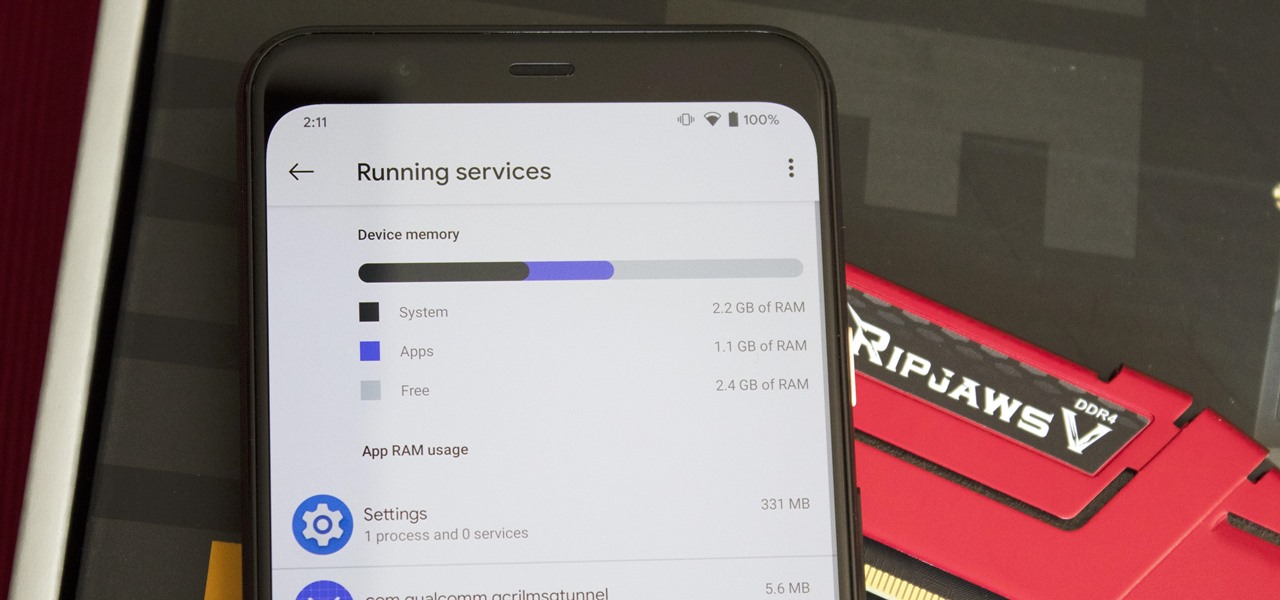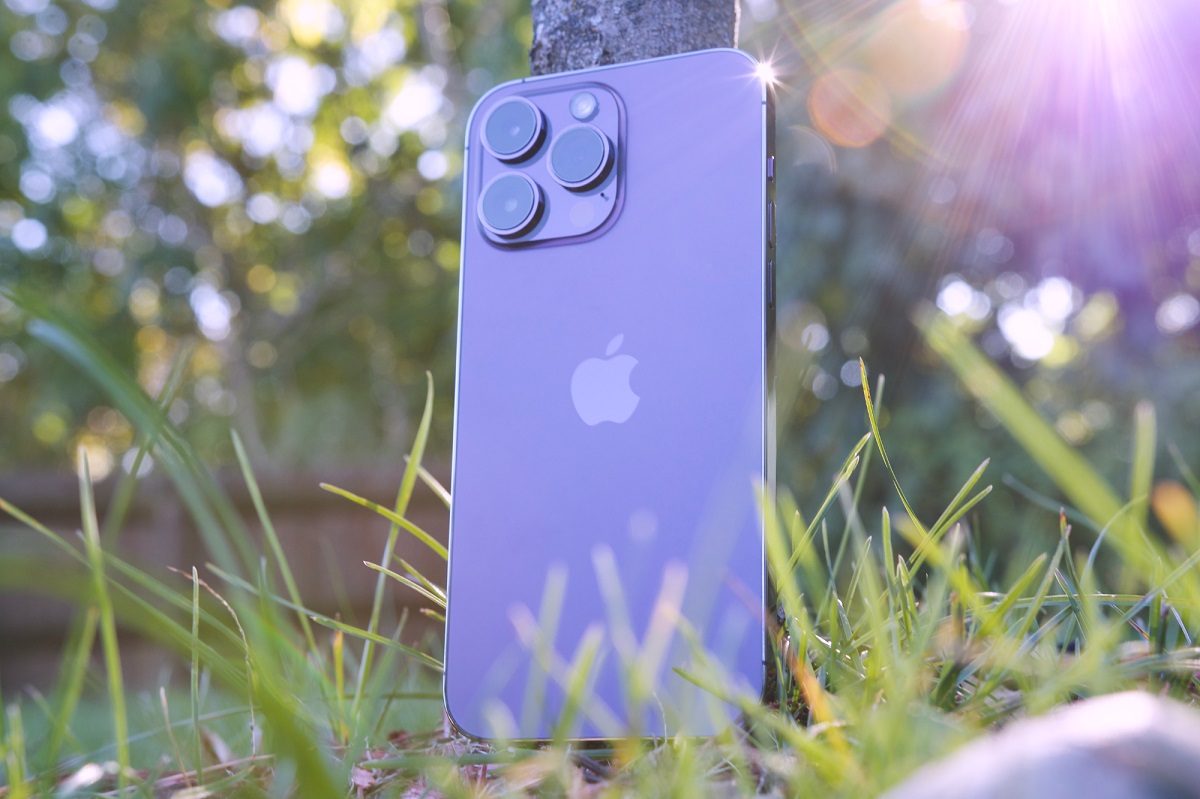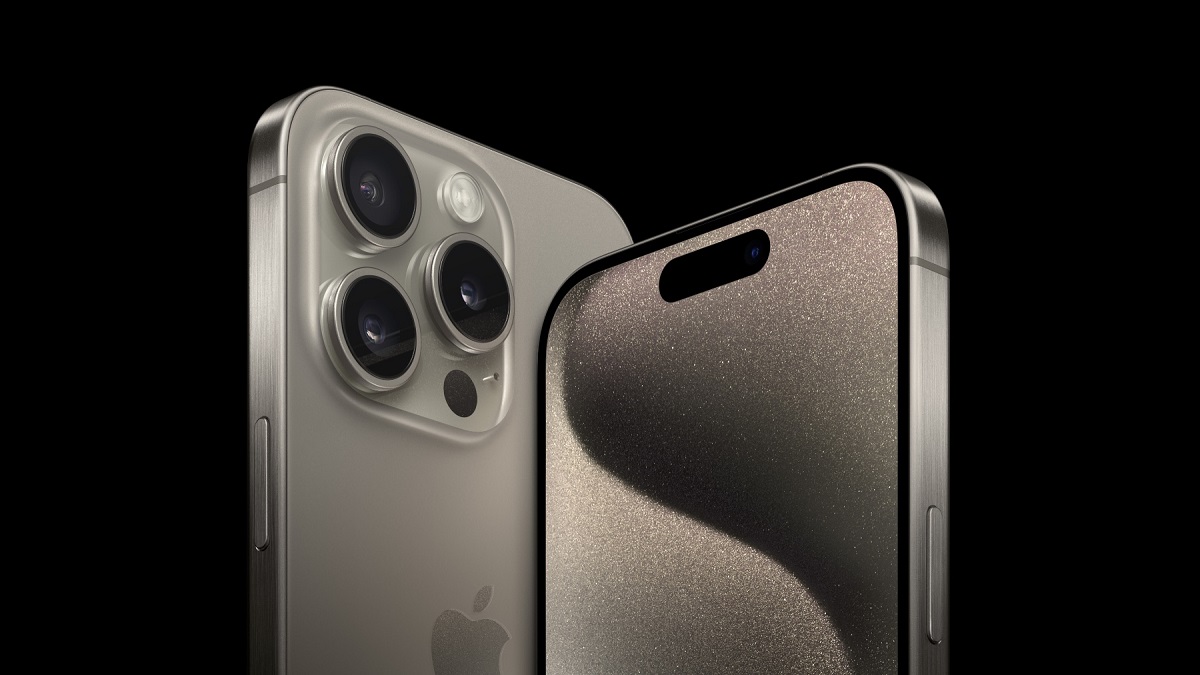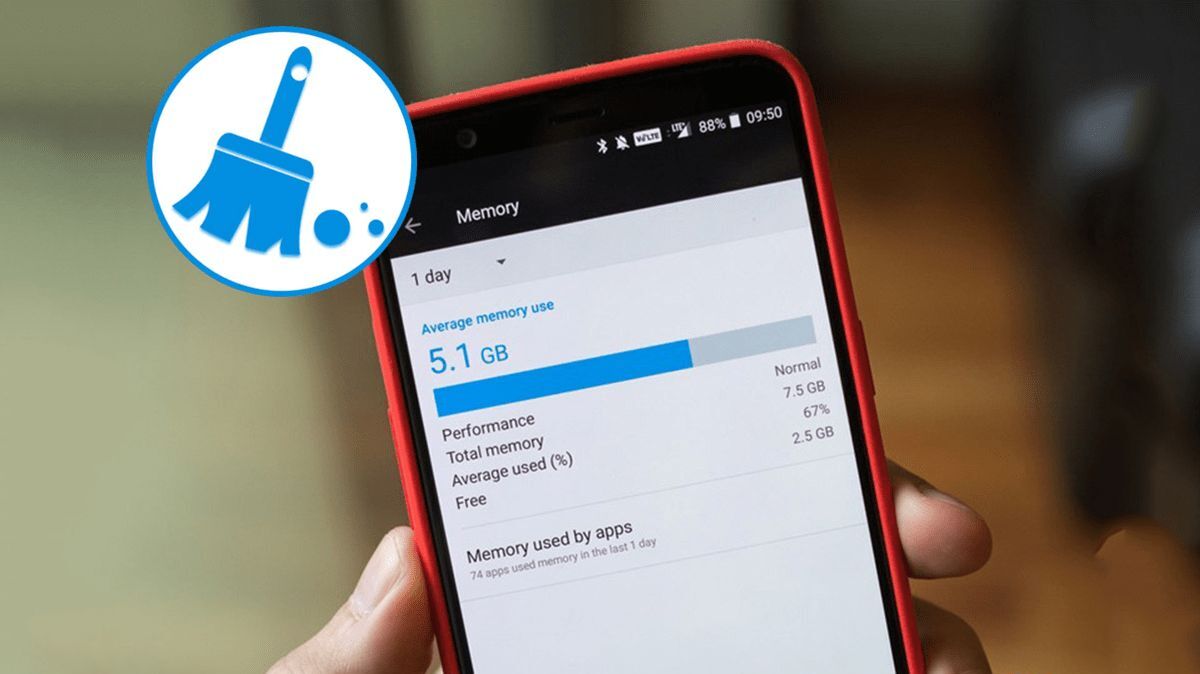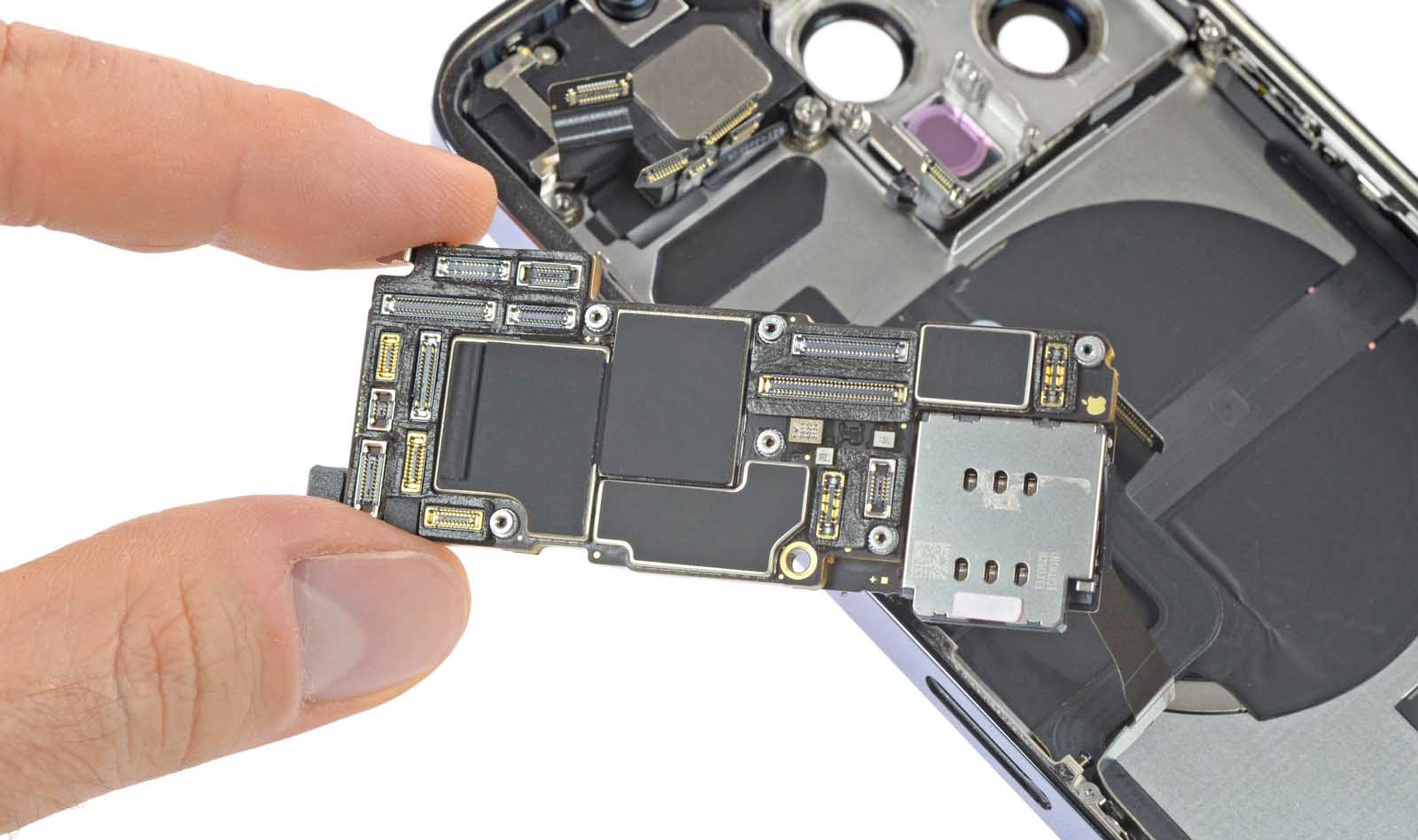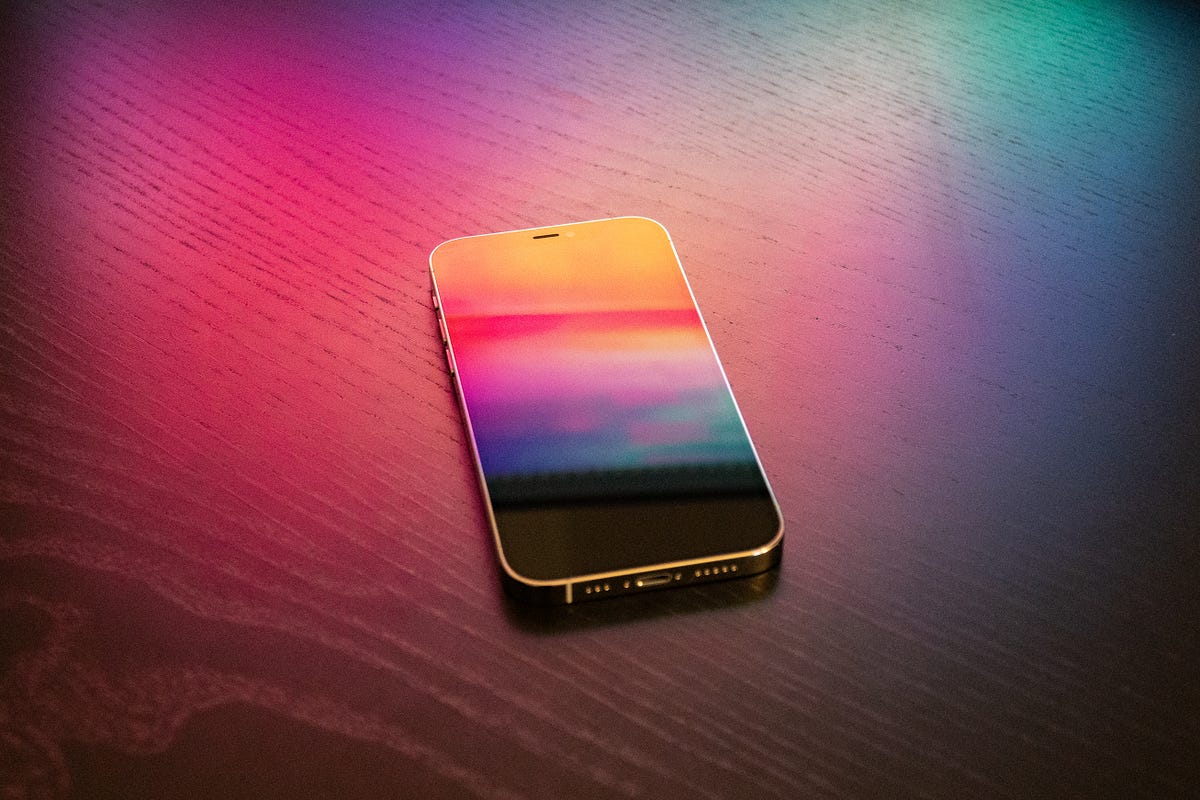Introduction
Welcome to the world of iPhones, where sleek design meets cutting-edge technology. These powerful devices have become an integral part of our daily lives, serving as our go-to communication tools, personal assistants, and entertainment hubs. Behind the sleek exterior and intuitive interface lies a complex network of components that make everything work seamlessly. One such crucial component is the RAM, or Random Access Memory.
RAM plays a vital role in the functioning of your iPhone. It is a type of temporary storage that holds and provides quick access to data that your device needs to perform tasks, run apps, and multitask efficiently. The more RAM your device has, the smoother and faster it can operate, allowing you to switch between apps seamlessly without experiencing lag or slowdowns.
If you are curious about how much RAM your iPhone has and want to check it, you’ve come to the right place. In this article, we will explore different methods to help you easily determine the RAM capacity of your iPhone.
What is RAM?
Before diving into how to check your iPhone’s RAM, let’s take a moment to understand what RAM actually is. RAM, which stands for Random Access Memory, is a type of computer memory that is used to store data that your device needs to access quickly. Unlike the permanent storage provided by your iPhone’s internal storage or external memory cards, RAM is volatile, meaning it loses all its data when the device is turned off or restarted.
RAM serves as a temporary storage space for data that your device uses while it’s running various operations and applications. When you open an app, the required information and data are loaded into the RAM for quick access. This allows your device to retrieve the data much faster than if it had to fetch it from the permanent storage every time.
The amount of RAM your iPhone has determines its multitasking capabilities and overall performance. With more RAM, your device can handle multiple tasks simultaneously without experiencing performance issues. It allows you to smoothly switch between apps, navigate through web pages without delays, and run resource-intensive apps and games without encountering lag or slowdowns.
However, it’s important to note that RAM is not the same as the permanent storage capacity of your iPhone, such as the space available for storing photos, videos, and apps. RAM is solely dedicated to facilitating smooth and speedy device operations, whereas storage is for long-term data retention.
Now that you have a basic understanding of what RAM is and its importance for your iPhone’s performance, let’s explore how you can check the amount of RAM in your device using different methods.
Why should you check your iPhone RAM?
Checking your iPhone’s RAM can provide valuable insights into your device’s performance and help you make informed decisions about how to optimize its functionality. Here are a few reasons why you should consider checking your iPhone’s RAM:
- Understanding device capability: By knowing the amount of RAM your iPhone has, you can gauge its multitasking capabilities. If you frequently use multiple apps simultaneously or perform resource-intensive tasks like editing videos or playing graphic-intensive games, having sufficient RAM ensures smooth performance without experiencing lags or app crashes.
- Troubleshooting issues: If you notice that your iPhone is sluggish or apps are taking longer to load, checking the RAM can help identify whether a lack of memory is the culprit. Low RAM can lead to performance issues, such as app crashes or delays when switching between apps. By determining the available RAM, you can troubleshoot performance problems and take appropriate steps to resolve them.
- Optimizing device performance: Knowing your iPhone’s RAM capacity enables you to optimize its performance. You can make informed decisions like clearing unnecessary background processes, closing redundant apps, or managing your device’s storage efficiently to free up RAM. This ensures that your iPhone operates at its best and delivers a smoother, more responsive user experience.
- Evaluating the need for an upgrade: Checking your iPhone’s RAM becomes crucial when considering an upgrade or deciding on a new device. If you find that your current device’s RAM is insufficient for your needs, upgrading to a model with more RAM can greatly enhance your multitasking capabilities and provide a better overall user experience.
- Gaining technical knowledge: Understanding the specifications of your iPhone, including RAM capacity, allows you to have a deeper understanding of the technical aspects of your device. It empowers you to engage in conversations with technical experts, make more informed purchasing decisions, and optimize your device’s performance according to its capabilities.
Now that you understand the importance of checking your iPhone’s RAM, let’s explore various methods that you can use to determine the RAM capacity of your device.
Method 1: Using the Settings App
Checking your iPhone’s RAM using the built-in Settings app is a quick and easy method. Here’s how you can do it:
- Unlock your iPhone and navigate to the home screen.
- Look for the “Settings” app, which is represented by a grey gear icon, and tap on it to open the Settings menu.
- Scroll down and find the “General” option. Tap on it to access the General settings.
- In the General settings, look for the “About” option. Tap on it to view detailed information about your device.
- Within the About section, find the “Memory” or “RAM” option. Tap on it to see the RAM details of your iPhone.
- On the RAM screen, you will see the total amount of RAM installed on your device, displayed in gigabytes (GB). This information will help you understand the capabilities of your iPhone when it comes to multitasking and running resource-intensive apps.
Using the Settings app to check your iPhone’s RAM gives you a straightforward way to access this information without the need for any additional tools or apps. It allows you to quickly determine the RAM capacity of your device and make informed decisions about its performance and optimization.
Now that you’ve learned about the first method, let’s move on to the next method of checking your iPhone’s RAM using a third-party app.
Method 2: Using a Third-party App
If you prefer a more detailed and comprehensive analysis of your iPhone’s RAM, you can use a third-party app specifically designed for this purpose. Follow these steps to check your iPhone’s RAM using a third-party app:
- Open the App Store on your iPhone and search for “RAM monitor” or “Memory manager” apps. There are several apps available, so choose one that has positive reviews and high ratings.
- Once you’ve selected an app, download and install it on your iPhone.
- Launch the app and allow it to access the necessary permissions.
- Within the app, you will find detailed information about your iPhone’s memory usage, including the total RAM capacity, available memory, and memory usage by individual apps.
- Some apps may also provide additional features, such as memory optimization tools or real-time monitoring of RAM usage.
Using a third-party app gives you a more in-depth understanding of how your iPhone utilizes its RAM. You can monitor real-time memory usage, identify memory-hogging apps, and take necessary actions to optimize your device’s performance.
However, it’s important to note that choosing a reliable and well-reviewed app is crucial to ensure the security and privacy of your device. Be cautious while granting permissions and only download apps from trusted sources.
Now that you’ve learned about using a third-party app to check your iPhone’s RAM, let’s move on to the third method, which involves using a Mac or PC.
Method 3: Using a Mac or PC
If you prefer to check your iPhone’s RAM using your computer, you can do so by following these steps:
- Connect your iPhone to your Mac or PC using a USB cable.
- Ensure that you have the latest version of iTunes installed on your computer.
- Once connected, open iTunes on your computer.
- Select your iPhone when it appears in iTunes.
- In the summary tab, you will find various details about your iPhone, including its capacity, software version, and serial number.
- Scroll down until you find the “Memory” or “RAM” option. Click on it to view the RAM details of your iPhone.
- On the RAM screen, you will find information about the total RAM installed on your device.
Checking your iPhone’s RAM using a Mac or PC provides another convenient method to access this information. It allows you to view detailed device information through iTunes, giving you insights into your device’s capabilities and helping you make informed decisions about performance optimization.
Remember to ensure that your iTunes software is up to date on your computer for a smooth and seamless connection with your iPhone.
Now that you’ve learned about the three different methods to check your iPhone’s RAM, you can choose the one that suits your preference and convenience.
Conclusion
Understanding your iPhone’s RAM and checking its capacity is essential for optimizing its performance and ensuring a smooth user experience. By knowing the amount of RAM your device has, you can determine its multitasking capabilities, troubleshoot performance issues, and make informed decisions about device upgrades.
In this article, we explored three methods to check your iPhone’s RAM:
- Using the Settings app: This method allows you to quickly access your device’s RAM details without the need for any additional tools or apps.
- Using a third-party app: By downloading a RAM monitoring app, you can gain more detailed insights into your device’s memory usage and optimize its performance.
- Using a Mac or PC: Connecting your iPhone to your computer and accessing iTunes provides a convenient way to view your device’s RAM information.
Each method has its own advantages, and you can choose the one that best suits your preferences and requirements.
Checking your iPhone’s RAM not only helps you understand its capabilities but also allows you to optimize its performance and make informed decisions about its usage. Whether you’re a casual user or a power user, monitoring your device’s RAM can greatly enhance your overall iPhone experience.
So, go ahead and check your iPhone’s RAM using one of the methods described in this article. Harness the power of your device and enjoy seamless multitasking, fast app switching, and an optimized user experience.
Stay informed, stay efficient, and make the most out of your beloved iPhone!









